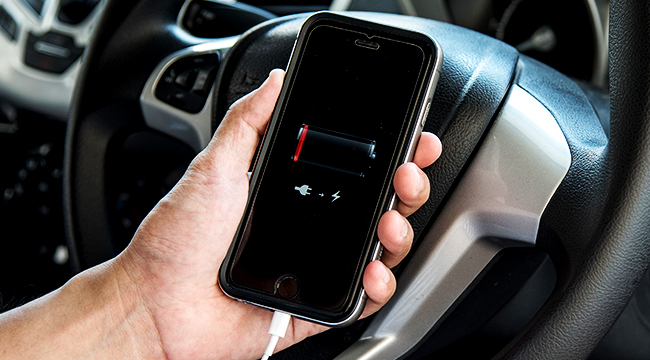
Amid the brewing scandal and lawsuits over Apple deliberately slowing down its iPhones, Apple has maintained that they’re just trying to manage battery life. And, after all, a battery lasts for 500 full charge cycles, more than enough time to get the most out of your iPhone, right? Unfortunately, that premise is starting to be put to the test, and the numbers don’t look good. But it may also be a problem nobody can solve.
A recent look at battery life from ZDNet found that your typical iPhone battery has a shorter shelf life than most Netflix shows, if you’re constantly draining the battery:
I decided to check out how many recharge cycles my iPhone had been through in the less than four months I’ve had it and I was horrified to discover that I was already at 82, and that this had increased to 91 by the point I’d owned it four months (I got my iPhone 8 Plus on launch day). If I’ve gone through 91 recharge cycles in four months, that means that I could easily hit the 455 recharge cycles after about 20 months of ownership, and since that’s not allowing for any battery wear, I’m realistically expecting that the battery inside my iPhone to hit the 500 cycles mark in about 18 months.
It’s worth noting that this was tracked through a third-party app, albeit an excellent one, so what Apple defines as a “charge cycle” and what the app does may not mesh. But the problem may simply be that the instant we get to work, or home, or really anywhere with an outlet, we’re plugging in our phones. Add to this the power-hungry nature of iOS, and any battery is going to start crying uncle sooner rather than later.
We also shouldn’t pretend this is a problem limited to Apple. Smartphone manufacturers across the board are still working to get the most power for the least juice out of batteries, and that the drive to fit ever-larger batteries in ever-smaller spaces has led to exploding batteries, among other problems. Apple was in this mess entirely because they were trying to solve the problem of iPhones mysteriously shutting down, according to their own statements.
The good news is that this is a problem, long-term, we can probably solve with better batteries and more power-efficiency. And there are plenty of steps we can take in the meantime, like reducing screen brightness, shutting down background apps, and turning off functions like GPS when we’re not using them, to save battery life. But we’ll also all need to keep an eye on how often we charge, and maybe keep a charger handy.
(via ZDNet)
